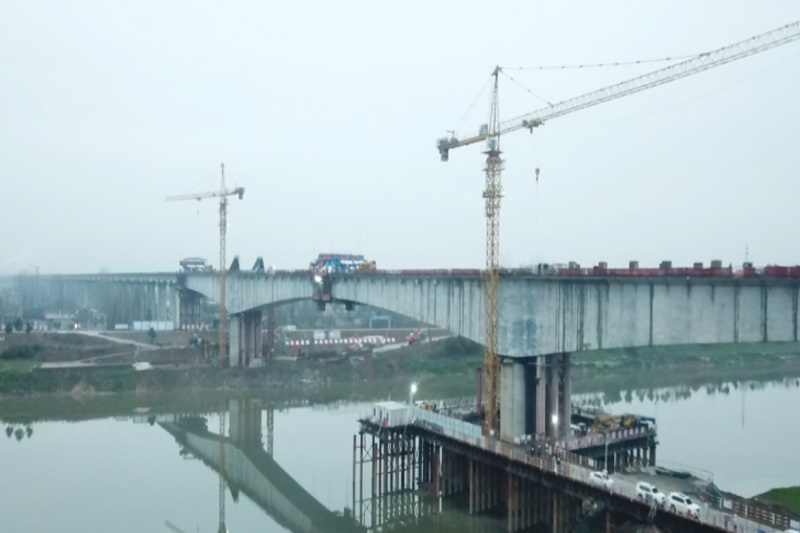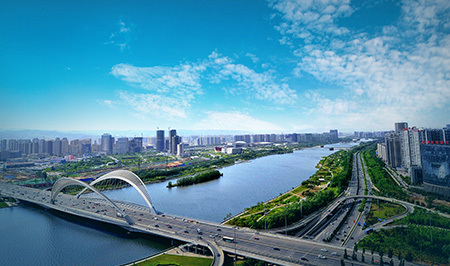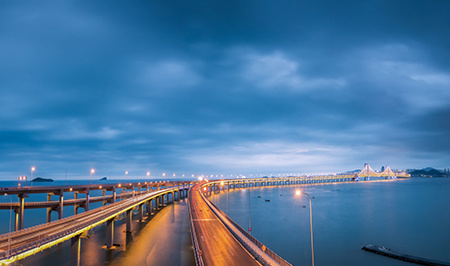Dry cargo interpretation! This article allows you to systematically understand the "rail transit" project!
Release time:
2024-10-24
Rail transit, as an important part of modern urban public transport, provides a convenient and efficient service for people's travel.

Deep Interpretation of Rail Transit Engineering
Rail transit, as an important part of modern urban public transport, provides a convenient and efficient service for people's travel. Its system is complex and involves a wide range of fields, covering civil engineering, mechanical engineering, electrical engineering and other fields. Below, we will systematically interpret the rail transit project.
Overview of 1. Rail Transit Engineering
Rail transit engineering mainly refers to the use of rail as a transport medium of transportation, including subway, light rail, railway and so on. Its core parts include rail lines, station construction, vehicles, signal systems, power supply systems, etc.
Main Components and Functions of 2.
1. Rail line: is the "blood" of rail transit, to ensure that the train in accordance with the established route.
2. Station construction: Provide places for passengers to get on and off to ensure safe and convenient transfer of passengers.
3. Vehicle: It is a direct vehicle for rail transit and requires good comfort and safety.
4. Signal system: to ensure the safety of train operation, train scheduling and control.
Power supply system: provide power support for rail transit to ensure its stable operation.
3. engineering features
Rail transit engineering has the characteristics of complex technology, huge investment and wide coverage. Due to the need to build in the core area of the city, it is often necessary to face the complex urban environment, such as geological conditions, surrounding environment and so on. Therefore, rail transit engineering has high requirements for technology and management.
4. construction process
Rail transit engineering construction usually includes planning, design, construction, acceptance and other links. Among them, the planning stage needs to fully consider the actual needs and future development of the city; the design stage needs to carry out detailed line design, station design, vehicle selection, etc. according to the plan; the construction stage needs to overcome various technical problems to ensure the quality and safety of the project; the acceptance stage It is necessary to conduct a comprehensive inspection of the project to ensure that it meets the design requirements.
5. future development
With the acceleration of urbanization, rail transit plays an increasingly important role in urban construction. In the future, rail transit projects will pay more attention to technological innovation, green environmental protection and intelligent development, and provide more convenient and efficient services for people's travel.
In short, rail transit engineering is a complex system engineering, involving many fields of technology and management. Through the in-depth interpretation of rail transit engineering, we have a more systematic understanding of it and look forward to its further development in the future.
Tag:
Bridge construction
Recommend News
Share







